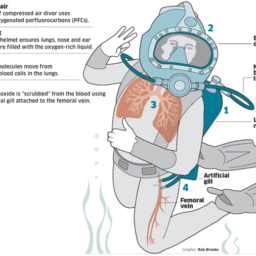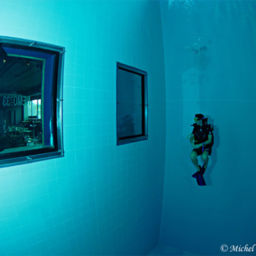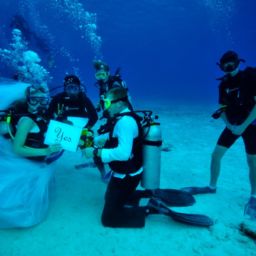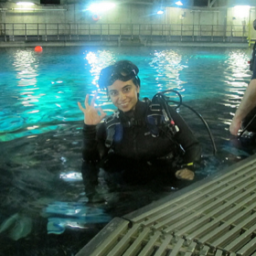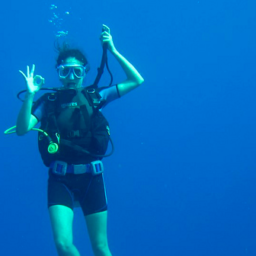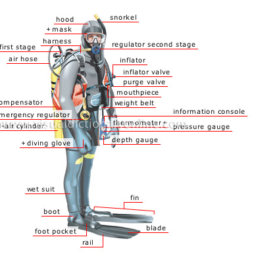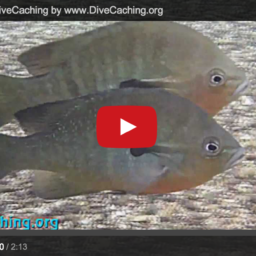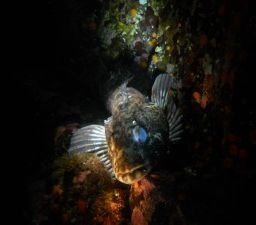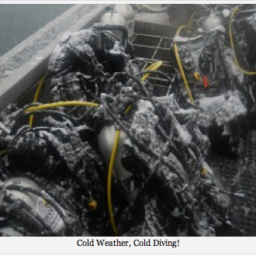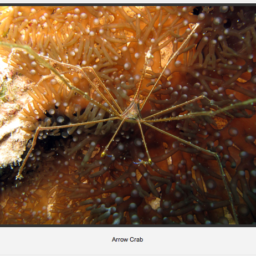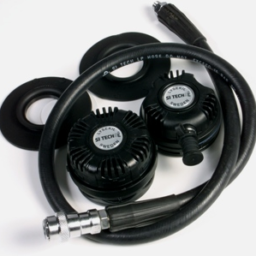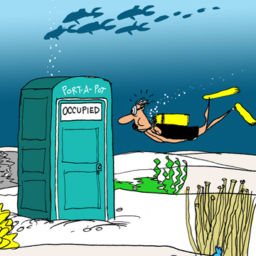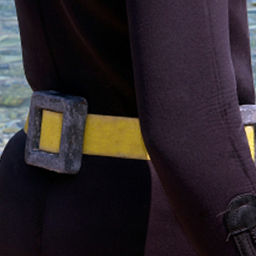While warm water gear can and will work under most cold water circumstances, there are a few things that make having a set of cold water specific gear more desirable.
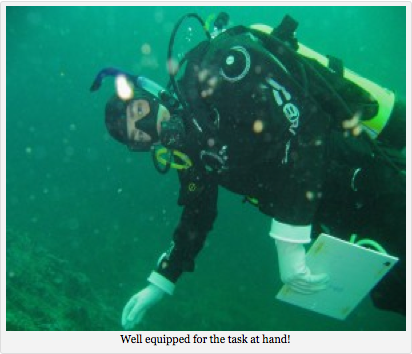
Regulators for cold water diving are generally a little more robust than dedicated tropical ones, and often feature designs made to limit potential freezing or icing up under most normal circumstances. In addition, they almost always balanced regulators (that’s a whole other article, just trust me, balanced is way better and safer than unbalanced). Your first stage should have at least five attachment points for hoses (2nd stage, octopus, gauges, BCD, drysuit), or more if you plan on having redundant gauges. Ensure your equipment is rated for the temperatures and depths you want to dive to before you hit the water, and you’ll save yourself and your dive buddy a lot of grief. Regular maintenance on your regulators is strongly advised, as foreign debris, normal wear from transport and storage and heavy use can contribute to failure.
Computers are becoming ubiquitous these days, with many divers having them immediately and then never looking at a table again until they decide to go pro or go tec. Most computers have working tolerances well within cold water temperatures, but it never hurts to check. If you’re planning to do ice diving or similar activities in the extreme cold, you definitely want to check your computer’s manual to ensure its rated for the dive you’re planning. If you can, pick a hardy model that can take a bit of abuse and is easily used with numb/gloved/lobster mittened hands and fingers. The last is probably the most important, since being able to work your computer is, well, essential.
That wraps up the second instalment on this series, where we’ve covered the basic equipment for cold water dives. The final article will be covering peripheral gear (lights, compasses, knives etc…), as well as some tips and tricks for pre and post dive activities plus a few things to do on your dive! Good luck and good diving!


